15 May Liability For A Collision At A Yellow Light
In the case of Chavez-Salinas v. Tower, 2017 BCSC 2068, the Plaintiff was involved in a collision at an intersection. The Defendant denied liability for the accident.
When the Plaintiff was one-half block away from the intersection, she observed the traffic signal for her lane of travel was green and she saw the Defendant’s vehicle travelling toward the same intersection from the opposite direction. When she was approximately four metres from the crosswalk, the traffic signal turned to yellow. She continued into the intersection and her vehicle collided with the Defendant’s vehicle as he attempted to turn left.
The Motor Vehicle Act of British Columbia contains the relevant statutory provisions concerning collisions at intersections, when one vehicle is travelling without any intention of turning and a second vehicle makes a left turn into the lane of the oncoming vehicle at a time when the traffic control signal has changed to yellow before the oncoming vehicle enters the intersection.
The relevant provisions of the MVA include:
- 128(1) When a yellow light alone is exhibited at an intersection by a traffic control signal, following the exhibition of a green light,
(a) the driver of a vehicle approaching the intersection and facing the yellow light must cause it to stop before entering the marked crosswalk on the near side of the intersection, or if there is no marked crosswalk, before entering the intersection, unless the stop cannot be made in safety,
- 144(1) A person must not drive a motor vehicle on a highway
(a) without due care and attention,
(b) without reasonable consideration for other persons using the highway, or
(c) at a speed that is excessive relative to the road, traffic, visibility or weather conditions.
- 174 When a vehicle is in an intersection and its driver intends to turn left, the driver must yield the right of way to traffic approaching from the opposite direction that is in the intersection or so close as to constitute an immediate hazard, but having yielded and given a signal as required by sections 171 and 172, the driver may turn the vehicle to the left, and traffic approaching the intersection from the opposite direction must yield the right of way to the vehicle making the left turn.
The memory of witnesses five years after an accident can rarely replicate their perception of details shortly after the event. In this case, the Court concluded that neither parties’ recollection was completely reliable.
The Court decided that neither party perceived the other as an immediate hazard. The Plaintiff was so close to the intersection she should have been aware of the Defendant’s intention to make a left turn. The Defendant obviously did not see the Plaintiff’s oncoming headlights nor did he perceive that she was proceeding without slowing through the intersection.
The Court was also of the view that neither party was keeping a proper lookout. Both drove imprudently into the path of one another. If the Defendant had been more careful he would not have entered the intersection when the Plaintiff was so close that an accident was likely to occur. On the other hand, if the Plaintiff had been more observant and reacted when the light turned yellow, she may have been able to slow and either avoid the impact or lessen the force of the collision.
The Court was satisfied the Plaintiff was a hazard when the Defendant began his turn; thus the Defendant was the servient driver and obliged to surrender the right-of-way to the Plaintiff because of her proximity to the intersection when the light turned yellow. At the same time, the Plaintiff was not keeping an adequate lookout as she approached the intersection and could have taken an evasive maneuver to avoid the collision or lessen the damage. On balance, the Defendant had substantially greater responsibility for this collision and the Court assessed their respective negligence and contributions to the collision at 80% to the Defendant and 20% to the Plaintiff.


